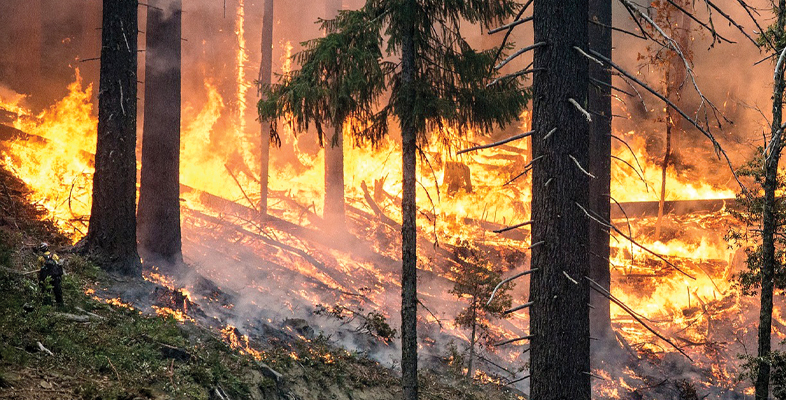Home » Course Layouts » Free Course Layout Udemy
This course explores the role of fire as a natural disturbance in ecosystems.
0
52
English
English [CC]
- Learn basic syntax that can apply to any language.
- Learn what is a programming language and the basic concepts for beginners.
- Understand what is Javascript in it's truest form.
- Know the basic syntax of Javascript.
- Know some hidden quirks in Javascript.
Description
It introduces the concept of a fire regime and its influence on the type and distribution of organisms that occur in fire prone ecosystems. It also looks at some of the adaptations of plants that have evolved in these ecosystems and how animals either avoid or exploit the consequences of fire as a natural disturbance. Finally it examines how fire can increase biodiversity by generating a mosaic of habitats within an ecosystem and briefly addresses some of the consequences of climate change and global warming on the intensity and frequency of fires.
Course learning outcomes
After studying this course, you should be able to:
- Explain why fire is an important component of healthy ecosystems
- Explain what is meant by a ‘fire regime’ and how changes in fire regimes can lead to changes in ecosystems
- Describe some adaptive features of plants that have evolved in response to fire
- Describe how some animals avoid fires and/or benefit from the aftermath of natural fire
- Explain how global warming may result in an increase in both the frequency and intensity of fires.
Course content
- Introduction 00:07:00
- Learning outcomes 00:05:00
-
- Fire as a natural disturbance 00:10:00
- The effects of fire on an ecosystem 00:45:00
- Fire dependant ecosystems 00:15:00
- Fire regimes 00:15:00
- Fire severity 00:15:00
- Fire frequency 00:15:00
-
- Adaptation of plants in fire-prone ecosystems 00:10:00
- Thick bark 00:10:00
- Sprouting from insulated buds 00:15:00
- Fire-stimulated seed release 00:20:00
- Fire-stimulated seed germination from seed banks 00:10:00
- Fire-stimulated flowering 00:10:00
- The response of animals to fire 00:05:00
- Avoiding fire 00:10:00
- Benefitting from fire 00:15:00
- Morphological traits for detecting fire 00:15:00
N.A
- 5 stars0
- 4 stars0
- 3 stars0
- 2 stars0
- 1 stars0
No Reviews found for this course.












